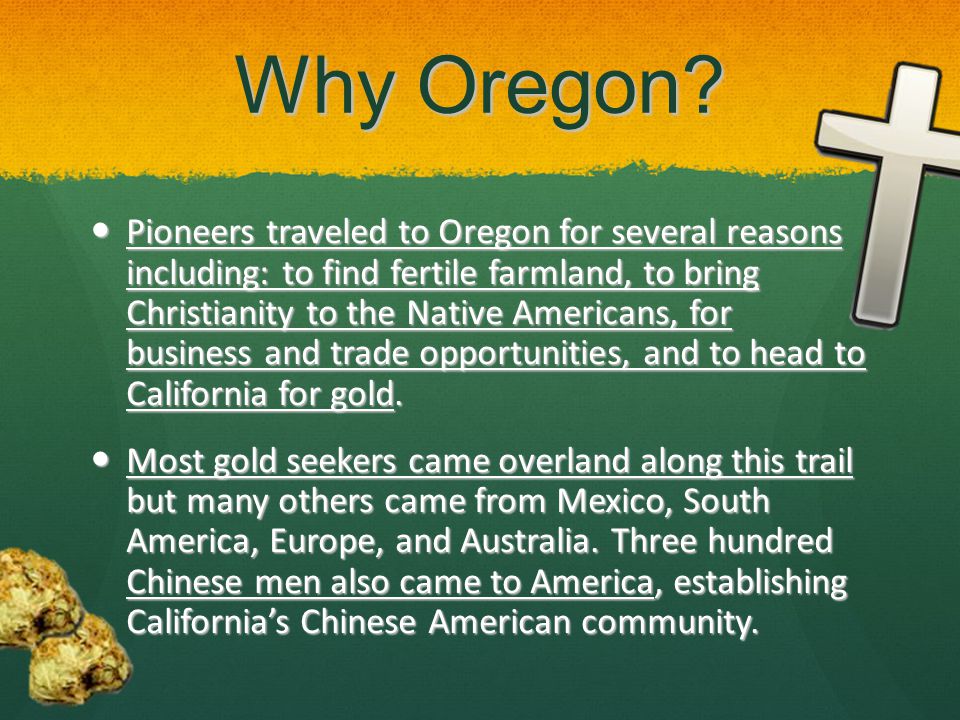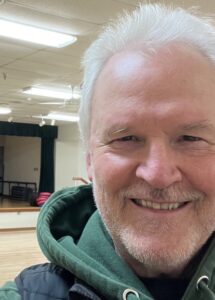
Every state, every nation, has a creation story, but none have the Oregon Experiment.
“Come to Oregon, it will be fun,” said no one on a wagon train.
Was Oregon really an experiment?
It would have to be a convincing sales pitch to get someone to dump everything on a life changing decision.
“Honey, let’s get rid of everything we don’t need, buy a wagon, and move to Oregon,” farmer Bob says.
“Where’s Oregon,” his kids ask?
‘Where is Oregon’ sounds like a made up question, doesn’t it? Except when you cross the Mississippi River and ask people on the east side a few questions on geography.
You might be surprised that not everyone looks at a map the same way.
What was experimental about the Oregon Experiment? It was more social science than hard science.
On this day in 1843, some 1,000 men, women, and children climbed aboard their wagons and steered their horses west out of the small town of Elm Grove, Missouri. The train comprised more than 100 wagons with a herd of 5,000 oxen and cattle trailing behind. Dr. Elijah White, a Presbyterian missionary who had made the trip the year before, served as guide.
Why not follow a preacher to Oregon? What could go wrong?
Marcus (Whitman) was strong and handsome; Narcissa was beautiful and saintly; they were “massacred” by brutal, ungrateful “savages.” I was left with an indelible image of Narcissa’s long, white throat being slashed by a knife, sending a river of blood down the front of her billowing gown.
Actually, she was shot, but memory and story and history and fact have a fluid relationship. In the decades immediately after their deaths, the Whitmans were virtually canonized as Christian martyrs who had devoted themselves to saving the souls of “the heathen.” By the 1890s, the emphasis had shifted from their efforts to Christianize Indians to their role in “opening” the West to settlement by whites. This was the narrative that prevailed until well into the mid-20th century.
Fluid History, Rocky Memory Of The Oregon Experiment
Soft science is harder to get a handle on than hard science. The first is subject to debate and revision, the second is more grounded.
But what is fairly certain is the remarks recorded by early arrivals. Toward the end of the two thousand mile journey to Oregon, travelers had two choices: float the Columbia River, or go over the Barlow Road.
Those who took one wished they’d taken the other, and the other way around. Risk the water leg, or the mountain leg, in the homestretch. Either way, if the made it, they weren’t the quitters who had had enough before they got to Oregon.
In more than one way, the protests that rock downtown Portland the last sixty days are pioneer efforts. When people decide enough is enough, things take a sharp turn. Instead of laying back in a state called ‘laid back’, these pioneers for justice won’t fall of their horse, get snake bit, or catch a deadly bug. Okay, two out of three since covid is still hungry for more victims.
Instead, pioneers for Black Lives Matter protesting against police brutality may get shot in the face, shot in the foot, slammed into the street face down. Lots of options to choose from.
Final question on the Oregon experiment: what would the religious followers of the godly notion of Manifest Destiny have done if they found themselves in front of the federal building in Portland?
Would they stand in peaceful protest as civic witness? This gets my vote.
Or, would they break things, set fires, and do their best impression of running amok?
For extra credit, how would the peaceful protestors have handled the wild behavior?


